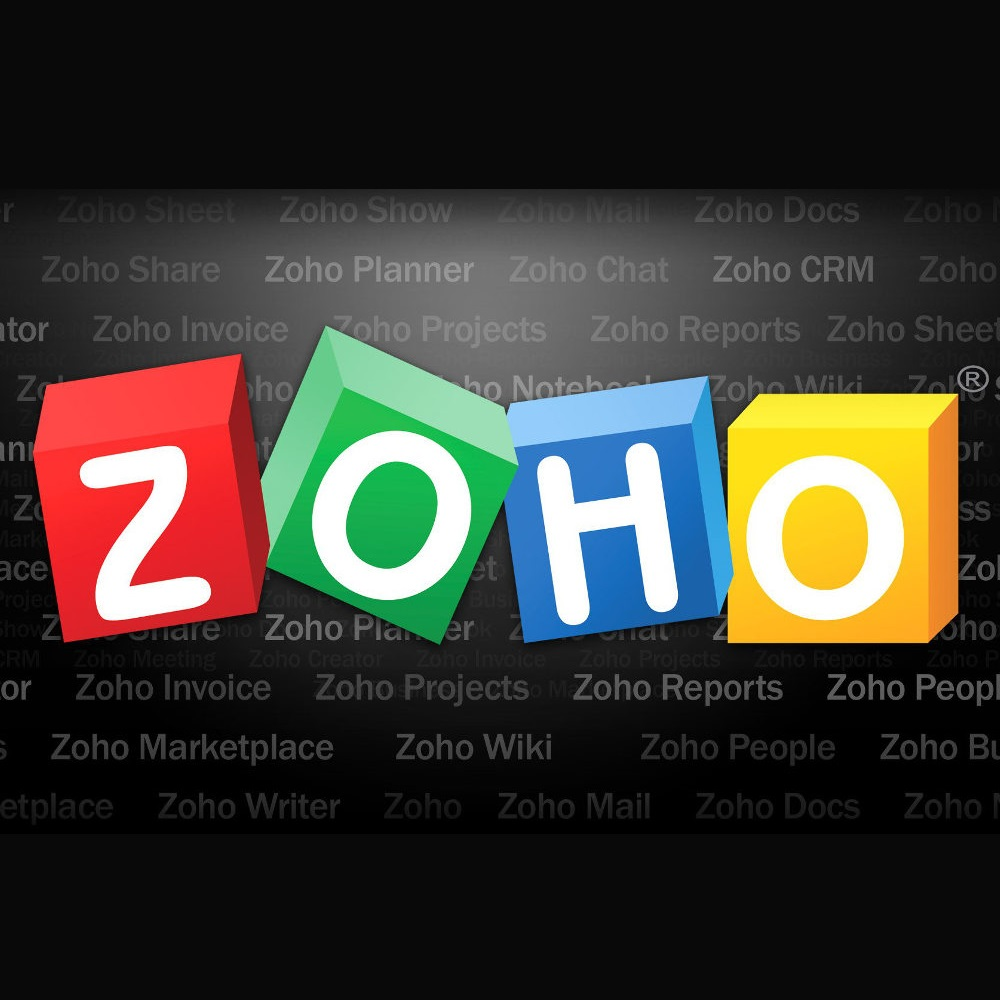
As a result, your balance as per the passbook would be less than the balance as per the cash book. At times, your customers may directly deposit funds into your business’ bank account, but your business will not notified about this the bank statement is received. When your business issues a check to suppliers or creditors, these amounts are immediately recorded on the credit side of your cash book. However, there might be a situation where the receiving entity may not present the checks issued by your business reconciliation crossword clue to the bank for immediate payment. Now, such a figure will be shown as a credit balance in your cash book, however, in the bank statement, that balance will be showcased as a debit balance and is known as the debit balance as per the passbook. These fees are charged to your account directly, and reduce the reflected bank balance in your bank statement.
Adjusting Journal Entries
This accrued expenses lets you write a check or enter a bill to pay to cover the outstanding balance. To reconcile, simply compare the list of transactions on your bank statement with what’s in QuickBooks. It’s important to perform a bank reconciliation periodically to identify fraudulent activities or bookkeeping and accounting errors.
- When you receive your bank statement or account statement at the end of the month, you’ll only spend a minute or two reconciling your accounts.
- In addition, there may be cases where the bank has not cleared the checks, however, the checks have been deposited by your business.
- In the absence of proper bank reconciliation, the cash balances in your bank accounts could be much lower than expected, which may result in bounced checks or overdraft fees.
- Once you complete the bank reconciliation statement at the end of the month, you need to print the bank reconciliation report and keep it in your monthly journal entries as a separate document.
- The same process would need to be completed for deposits made but not recorded in the general ledger by posting them in the Receipts feature.
For example, you wrote a check for $32, but you recorded it as $23 in your accounting software. If you use accounting software, then your reconciliation is done largely for you. However, as a business owner, it’s important to understand the reconciliation process. After adjusting the balance as per the cash book, you’ll need record all adjustments in your company’s general ledger accounts. When your balance as per the cash book does not match with your balance as per the passbook, there are certain adjustments that you have to make in order to balance the two accounts. Journal entries, also known as the original book of entries, refer to the process of recording transactions as debits and credits, and once these are recorded, the general ledger is prepared.
Step 4: Make Sure the Balance As Per the Bank Matches the Balance As Per the Cash Book

NSF checks are an item to be reconciled when preparing the bank reconciliation statement, because when you deposit a check, often it has already been cleared by the bank. But this is not the case as the bank does not clear an NFS check, and as a result, the cash on hand balance gets reduced. Nowadays, all deposits and withdrawals undertaken by a customer are recorded by both the bank and the customer.
Step 1: Match Each Item on the Bank Statement to the Cash Account
Even small business accountants appreciate the automated reconciliation feature in QuickBooks Online that can have your accounts reconciled in minutes, not hours. You’ll need a few items to perform a bank reconciliation, including your bank statement, internal accounting records, and a record of any pending cash transactions (either inflows or outflows). The bank will debit your business account only when they’ve paid these issued checks, meaning there is a time delay between the issuing of checks and their presentation to the bank. These time delays are responsible for the differences that arise in your cash book balance and your passbook balance.
How to Reconcile Your Bank Statements in QuickBooks Online
Whereas, credit balance as the cash book indicates an overdraft or the excess amount withdrawn from your bank account over the amount deposited. This is also known as an unfavorable balance as per the cash book or an unfavorable balance as per the passbook. If you want to prepare a bank reconciliation statement using either of these approaches, you can use the balance as per the cash book or balance as per the passbook as your starting point. Once this is completed, any difference between the two balances will be highlighted on the reconciliation page. If you have very limited transactions for the month, your QuickBooks Online and bank statement balances may match, which is rare but would indicate that further reconciliation is not needed. While it reduces the amount of time you need to expend working on reconciling your accounts, the odds of your bank statement and your general ledger matching immediately is pretty slim.
The same process would need to be completed for deposits made but not recorded in the general ledger by posting them in the Receipts feature. If you have connected your bank accounts with QuickBooks Online, it’s important that all of your downloaded transactions have been matched with recorded expenses. These transactions will also need to be categorized before continuing with the reconciliation process. We strongly recommend performing a bank reconciliation at least on a monthly basis to ensure the accuracy of your company’s cash records. A monthly reconciliation helps to catch and identify any unusual transactions that might be caused by fraud or accounting errors, especially if your business uses more than one bank account.
Book transactions are transactions that have been recorded on your books but haven’t cleared the bank. As a small business, you may find yourself paying vendors and creditors by issuing check payments. You’ll need to adjust the closing balance of your bank statement in order to showcase the correct amount of withdrawals or any checks issued that have not yet been presented for payment. At times, your business may either omit or record incorrect transactions for checks issued, checks deposited, or the wrong total, etc. There are times when your business will deposit a check or draw a bill of exchange discounted with the bank. These deposited checks or discounted bills of exchange drawn by your business may get dishonored on the date of maturity.
QuickBooks processes the payment and transfers the money to your bank account. There’s even a mobile card reader so you can swipe or dip the card from your phone or tablet. With bank statement how the face value of a bond differs from its price in-hand, you can systematically check off matching transactions one-by-one by clicking their boxes. The bottom of the screen contains a running total of items you have checked off, and thus have been reconciled. This is useful for comparing the totals in your books to the totals on your bank statement. As a result, you’ll need to deduct the amount of these checks from the balance.
When you reconcile, you compare your bank statement to what’s in QuickBooks for a specific period of time. In the end, the difference between QuickBooks and your bank accounts should be US $0.00, although processing payments can sometimes cause a small gap. Remember that transactions that aren’t accounted for in your bank statement won’t be as obvious as bank-only transactions. This is where your accounting software can help you reconcile and keep track of outstanding checks and deposits. Most reconciliation modules allow you to check off outstanding checks and deposits listed on the bank statement. Sometimes your current bank account balance is not a true representation of cash available to you, especially if you have transactions that have not settled yet.
